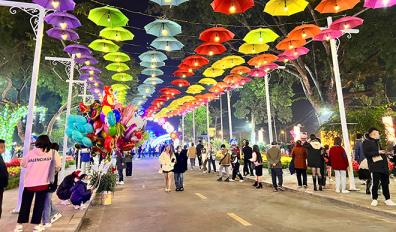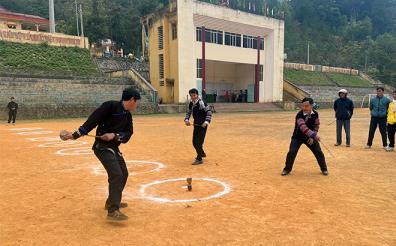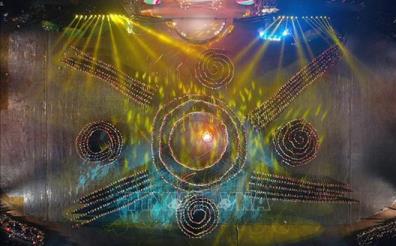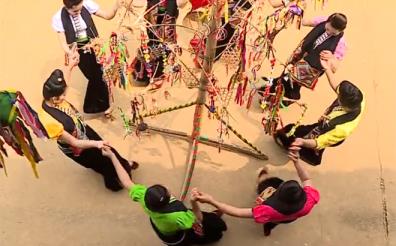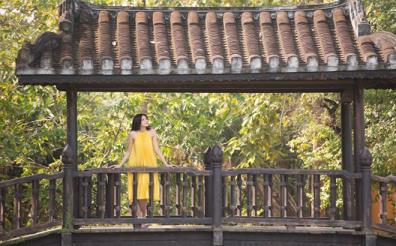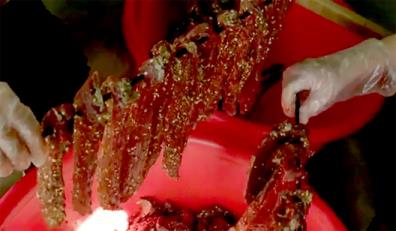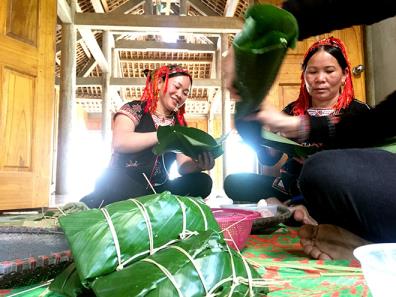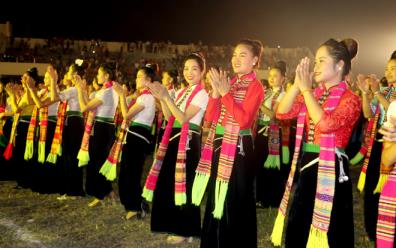Unique costume of Red Dao people in Yen Bai
- Wednesday, February 21, 2024
YBO – Aside from majestic natural landscapes, Yen Bai province has established itself as a charming destination for tourists also thanks to long-standing and special cultural identities of local ethnic groups. Among those here, Dao people form a special community with a unique culture still sustained in their daily life nowadays. Costume is one of the cultural characteristics that embody the distinctive style, worldwide, and outlook on life of Dao people.

|
|
Many families wear Dao ethnic group’s traditional costume during traditional ceremonies and festivals.
|
Other news
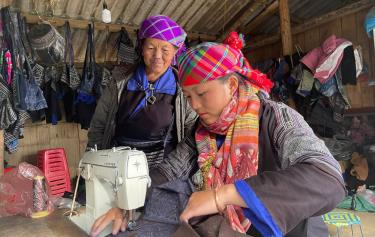
In 2025, Mu Cang Chai District aims to send 70 workers abroad, achieve a vocational training rate of 67.9%, certify 26 trained workers, transition 400 workers from agriculture to non-agriculture sectors, and support vocational training for 390 workers from impoverished, near-poor households and ethnic minority groups.
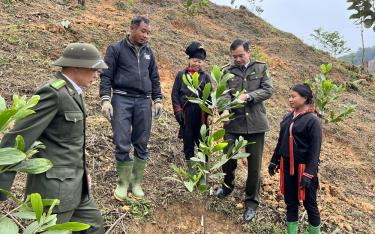
In the first two months of the year, the province planted over 2,880 hectares of concentrated forests, marking a nearly 30% increase from the same period in the previous year.

As a highland commune facing difficulties, with over 90% of its population being ethnic minorities, Nam Lanh Commune in Van Chan District has consistently focused on implementing policies to support production development, ensure stable livelihoods, and improve the well-being of ethnic minority communities. These efforts have contributed to poverty reduction and enhanced the material and spiritual lives of the people.

Since the beginning of the year, Mu Cang Chai district has welcomed 48,300 visitors, achieving 12.7% of its assigned target. Among them, 3,825 were international tourists, generating a total revenue of 50.8 billion VND.


